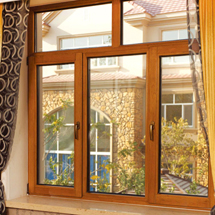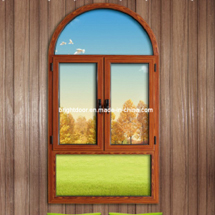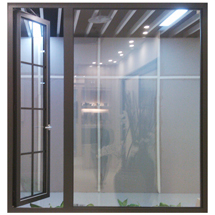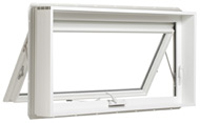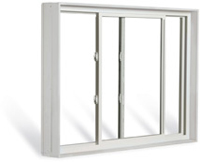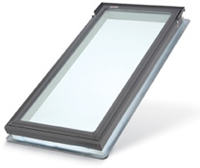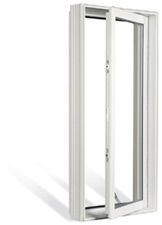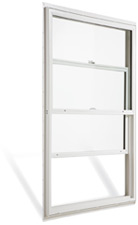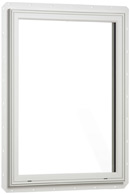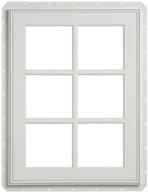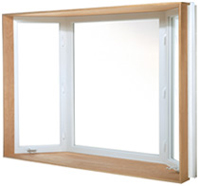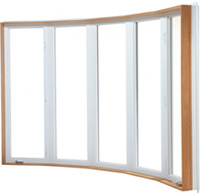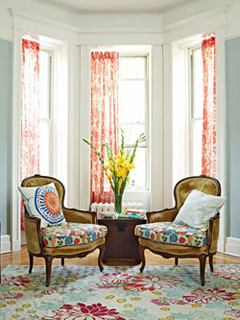
Windows enhance the ambience of a room and play a crucial role in maintaining an energy-efficient home. The tighter seals and more advanced construction of many modern windows prevent cold and hot air from escaping and help keep a more comfortable, consistent indoor climate without wasting energy. In addition, attractive windows can breathe new life into older homes.
Types
Windows vary in material and design. Wood window frames account for about half of all replacement-window sales, with all-vinyl and all-fiberglass accounting for most of the rest. All the windows we tested are double hung, with two sashes that slide vertically. But some homes or special rooms call for styles like awning or casement windows. Here are the types of windows to consider.
| | | |
| | | |
| | | |
Features
The traditional single sheet of clear glass offers little insulation against frigid winters and frying summers. With energy conservation a major issue these days, the market for single-glazed windows has virtually disappeared. Here are some window features to consider.
| Double or triple glazing Low-E coating Clear glass allows large amounts of radiant energy to pass through: heat in from the sun in summer, heat out from your house in winter. A low-E, or low emissivity, coating is a microscopically thin metallic film that acts something like a two-way mirror, reflecting heat back into the house in winter and blocking heat from the sun in summer. Gas filled Instead of air in the sealed space between glass panes, these windows use argon, krypton, or other inert gas. These gases are denser than air, so they provide better insulation. | |
Cladding
This is the vinyl or aluminum that covers the exterior of a wood window so that it doesn't have to be painted.
Tilt-in sashes
On windows with this feature, the sash (moving part of a window) can be tilted for easy cleaning.
Buying Guide
Efficiency ratings
Manufacturers mark their replacement windows with a U-factor, a measure of a window's ability to conduct heat. The U-factor is the reverse of the R-value, which is a measure of insulating ability. The lower the U-factor or the higher the R-value, the better a window can keep your home cool in summer and warm in winter. The R-value may be better known to the general public, but manufacturers avoid listing it because it might seem less impressive.
Finding an installer
Even the best windows won't deliver the look, comfort, or savings you expect if they're installed poorly. Many major window manufacturers, including Andersen, Marvin, and Pella, train and certify installers for their specific products. Using the same contractor for purchase and installation can minimize the chances of problems arising later.
Before work begins, find the installation instructions for the windows you've chosen online, and check that the installer plans to follow those instructions, right down to details such as type, amount, and placement of flashing and insulation. Deviating from the manufacturer's recommendations could void the warranty. If you plan to paint the windows, have the installer use acrylic-latex caulk, which can be painted, not silicone.
written by Nicolas Yang
